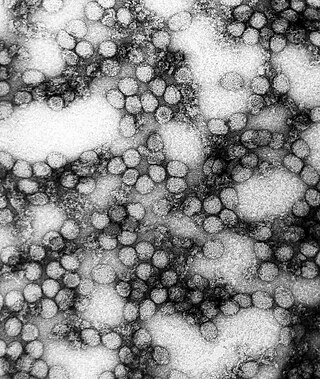
Yellow fever is a viral disease of typically short duration. In most cases, symptoms include fever, chills, loss of appetite, nausea, muscle pains – particularly in the back – and headaches. Symptoms typically improve within five days. In about 15% of people, within a day of improving the fever comes back, abdominal pain occurs, and liver damage begins causing yellow skin. If this occurs, the risk of bleeding and kidney problems is increased.
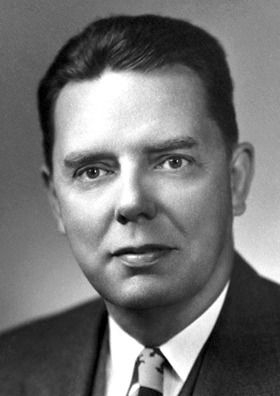
Philip Showalter Hench was an American physician. Hench, along with his Mayo Clinic co-worker Edward Calvin Kendall and Swiss chemist Tadeus Reichstein was awarded the Nobel Prize for Physiology or Medicine in 1950 for the discovery of the hormone cortisone, and its application for the treatment of rheumatoid arthritis. The Nobel Committee bestowed the award for the trio's "discoveries relating to the hormones of the adrenal cortex, their structure and biological effects."

Walter Reed was a U.S. Army physician who in 1901 led the team that confirmed the theory of Cuban doctor Carlos Finlay that yellow fever is transmitted by a particular mosquito species rather than by direct contact. This insight gave impetus to the new fields of epidemiology and biomedicine, and most immediately allowed the resumption and completion of work on the Panama Canal (1904–1914) by the United States. Reed followed work started by Finlay and directed by George Miller Sternberg, who has been called the "first U.S. bacteriologist".

Arbovirus is an informal name for any virus that is transmitted by arthropod vectors. The term arbovirus is a portmanteau word. Tibovirus is sometimes used to more specifically describe viruses transmitted by ticks, a superorder within the arthropods. Arboviruses can affect both animals and plants. In humans, symptoms of arbovirus infection generally occur 3–15 days after exposure to the virus and last three or four days. The most common clinical features of infection are fever, headache, and malaise, but encephalitis and viral hemorrhagic fever may also occur.

Brigadier General George Miller Sternberg was a U.S. Army physician who is considered the first American bacteriologist, having written Manual of Bacteriology (1892). After he survived typhoid and yellow fever, Sternberg documented the cause of malaria (1881), discovered the cause of lobar pneumonia (1881), and confirmed the roles of the bacilli of tuberculosis and typhoid fever (1886).

Carlos Juan Finlay was a Cuban epidemiologist recognized as a pioneer in the research of yellow fever, determining that it was transmitted through mosquitoes Aedes aegypti.

Travel medicine or emporiatrics is the branch of medicine that deals with the prevention and management of health problems of international travelers.

William Crawford Gorgas KCMG was a United States Army physician and 22nd Surgeon General of the U.S. Army (1914–1918). He is best known for his work in Florida, Havana and at the Panama Canal in abating the transmission of yellow fever and malaria by controlling the mosquitoes that carry these diseases. At the time, his strategy was greeted with considerable skepticism and opposition to such hygiene measures. However, the measures he put into practice as the head of the Panama Canal Zone Sanitation Commission saved thousands of lives and contributed to the success of the Canal's construction.

Jesse William Lazear was an American physician.
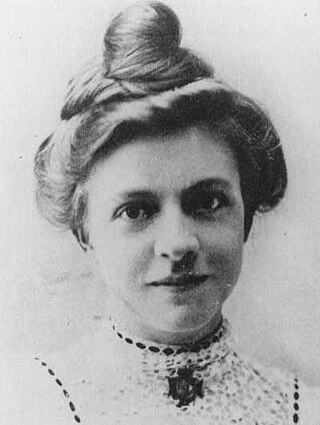
Clara Louise Maass was an American nurse who died as a result of volunteering for medical experiments to study yellow fever.

Aristides Agramonte y Simoni was a Cuban American physician, pathologist and bacteriologist with expertise in tropical medicine. In 1898 George Miller Sternberg appointed him as an Acting Assistant Surgeon in the U.S. Army and sent him to Cuba to study a yellow fever outbreak. He later served on the Yellow Fever Commission, a U.S. Army Commission led by Walter Reed which examined the transmission of yellow fever.

Major James Carroll was a US Army physician.

The Walter Reed Army Institute of Research (WRAIR) is the largest biomedical research facility administered by the U.S. Department of Defense (DoD). The institute is centered at the Forest Glen Annex, in the Forest Glen Park part of the unincorporated Silver Spring urban area in Maryland just north of Washington, DC, but it is a subordinate unit of the U.S. Army Medical Research and Development Command (USAMRDC), headquartered at nearby Fort Detrick, Maryland. At Forest Glen, the WRAIR has shared a laboratory and administrative facility — the Sen Daniel K. Inouye Building, also known as Building 503 — with the Naval Medical Research Center since 1999.

Yellow fever vaccine is a vaccine that protects against yellow fever. Yellow fever is a viral infection that occurs in Africa and South America. Most people begin to develop immunity within ten days of vaccination and 99 percent are protected within one month, and this appears to be lifelong. The vaccine can be used to control outbreaks of disease. It is given either by injection into a muscle or just under the skin.
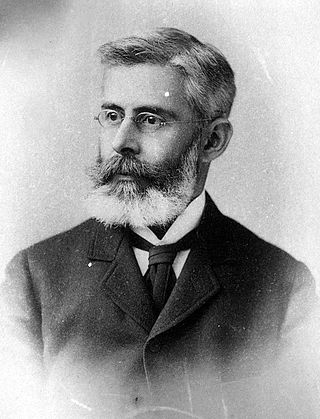
Juan Guitéras y Gener, was a Cuban physician and pathologist specializing in yellow fever.

The evolutionary origins of yellow fever most likely came from Africa. Phylogenetic analyses indicate that the virus originated from East or Central Africa, with transmission between primates and humans, and spread from there to West Africa. The virus as well as the vector Aedes aegypti, a mosquito species, were probably brought to the western hemisphere and the Americas by slave trade ships from Africa after the first European exploration in 1492. However, some researchers have argued that yellow fever might have existed in the Americas during the pre-Columbian period as mosquitoes of the genus Haemagogus, which is indigenous to the Americas, have been known to carry the disease.

A lethal ovitrap is a device which attracts gravid female container-breeding mosquitoes and kills them. The traps halt the insect's life cycle by killing adult insects and stopping reproduction. The original use of ovitraps was to monitor the spread and density of Aedes and other container-breeding mosquito populations by collecting eggs which could be counted, or hatched to identify the types of insects. Since its conception, researchers found that adding lethal substances to the ovitraps could control the populations of these targeted species. These traps are called lethal ovitraps. They primarily target Aedes aegypti and Aedes albopictus mosquitoes, which are the main vectors of dengue fever, Zika virus, west Nile virus, yellow fever, and chikungunya.
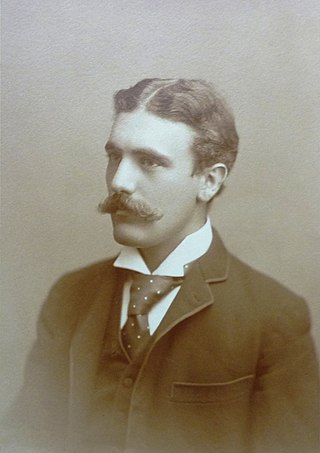
Walter Myers BSc, MA, MB BChir, MRCS, LRCP was a British physician, toxicologist and parasitologist who died of yellow fever aged 28 while studying the disease in Brazil.
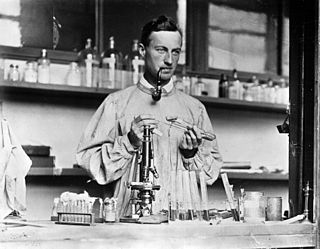
Herbert Durham DSc (Cantab), MB, BC, FRCS, ARPS was a British physician and distinguished scientist.

Robert Ellis Shope was an American virologist, epidemiologist and public health expert, particularly known for his work on arthropod-borne viruses and emerging infectious diseases. He discovered more novel viruses than any person previously, including members of the Arenavirus, Hantavirus, Lyssavirus and Orbivirus genera of RNA viruses. He researched significant human diseases, including dengue, Lassa fever, Rift Valley fever, yellow fever, viral hemorrhagic fevers and Lyme disease. He had an encyclopedic knowledge of viruses, and curated a global reference collection of over 5,000 viral strains. He was the lead author of a groundbreaking report on the threat posed by emerging infectious diseases, and also advised on climate change and bioterrorism.






















